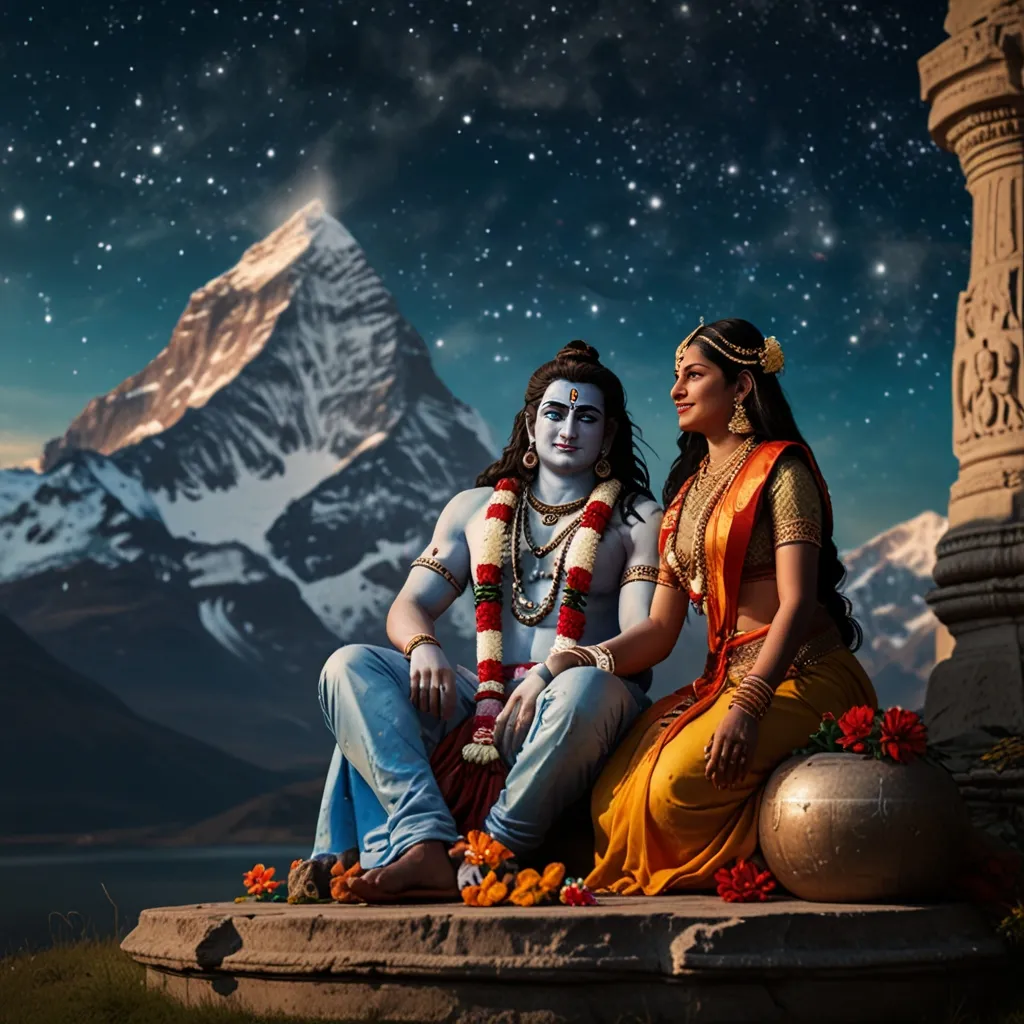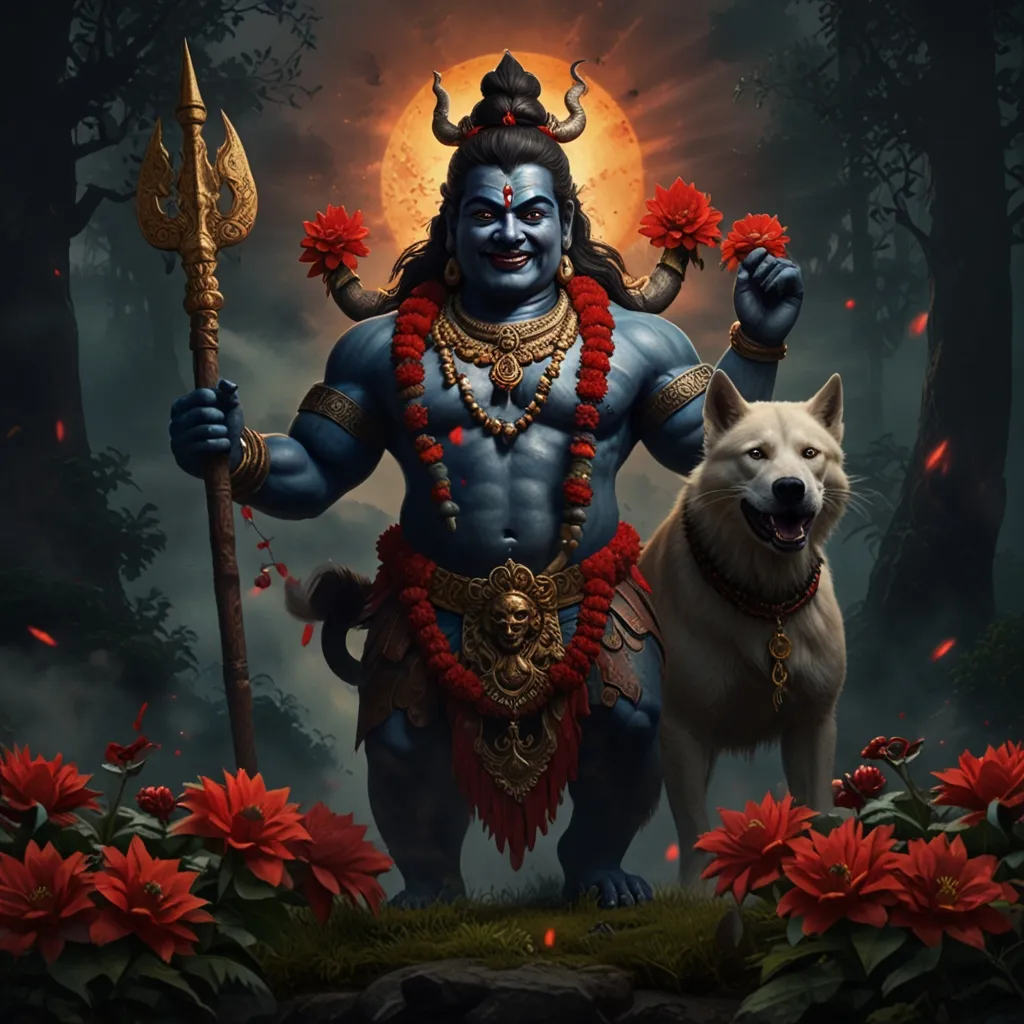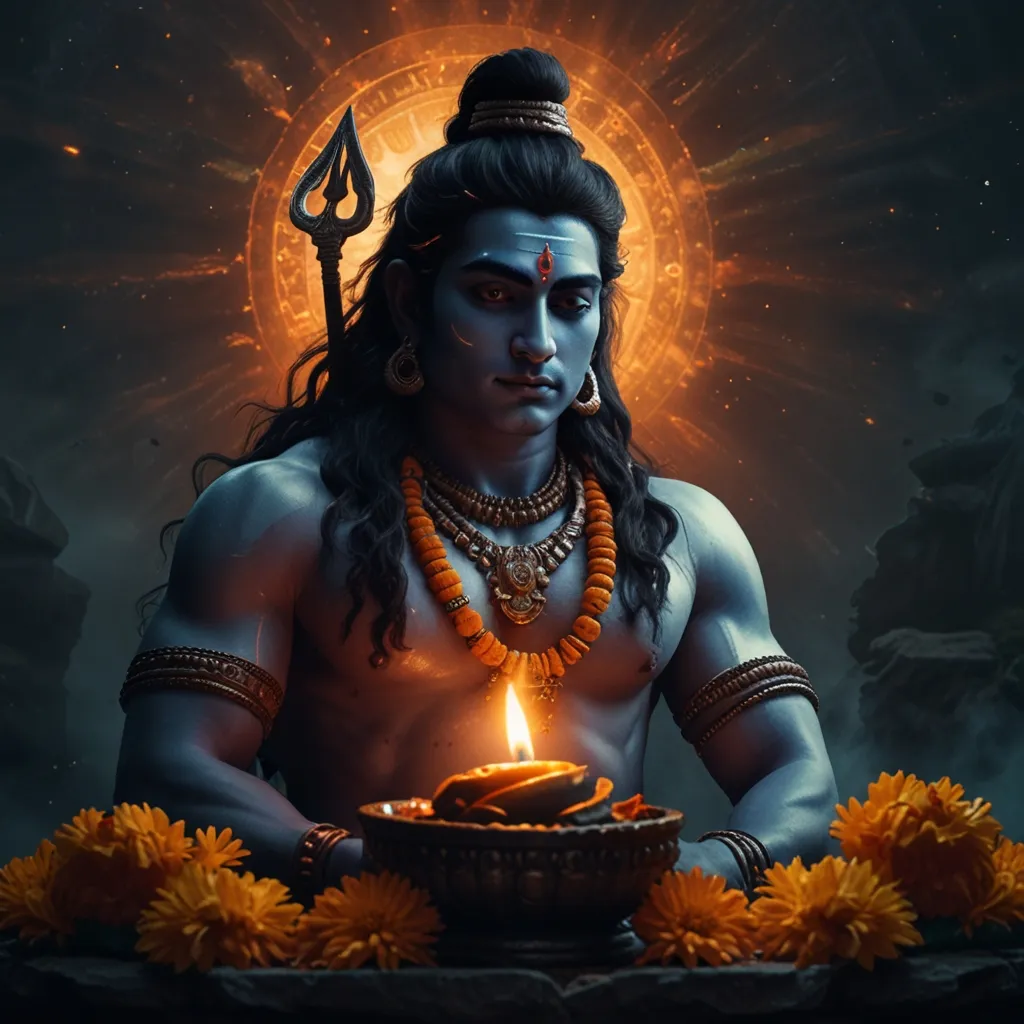In the vibrant and mystical world of Hindu mythology, there’s nothing as mesmerizing as the love story of Lord Shiva and Goddess Parvati. It’s a tale that’s not just about romance but one that encapsulates the essence of cosmic balance and the sheer power of love and devotion. Their story is woven with twists and turns that eventually lead them into each other’s arms, a union that millions revere.
Let’s paint the picture of Lord Shiva first. He’s the embodiment of cosmic power, the one responsible for dissolving evil. He resides on the serene heights of Mount Kailash, deeply engrossed in meditation. Shiva wasn’t always this way. He plunged into deep meditation after losing his first wife, Sati. This sorrow made him detach completely from worldly matters, and he sat motionless for thousands of years, neglecting his cosmic duties.
Meanwhile, Brahma, the god of creation, found the world had lost its vigor. Without Shiva to dissolve, Brahma couldn’t create anything new—creativity was stifled, ideas couldn’t flourish. Seeking a solution, Brahma sought help from the great feminine force, Shakti, who promised that she would be born as a human to rekindle Shiva’s interest in worldly affairs.
Enter Parvati. She was born to Himavat, the king of the Himalayas, and his wife, Mainavati. From the get-go, Parvati was special. Her name itself means “of the mountains,” symbolizing her profound connection with nature. Growing up, her beauty, elegance, and deep sense of devotion made her beloved among gods and mortals. She possessed an incredible blend of inner strength, gentleness, and compassion.
Parvati, right from a young age, had a soft spot for Lord Shiva. She was bewitched by his enigmatic presence and his role as the cosmic transformer. Parvati felt a divine connection with Shiva and was pretty convinced that he was her destined partner.
At the same time, a new threat loomed over the universe. The demon Tarakasura had grown immensely powerful and was causing chaos everywhere. The gods realized that only a son born to Shiva and Parvati could defeat this mighty demon. Realizing Parvati’s devotion to Shiva, they concocted a plan to bring the two together and shared their intentions with Parvati’s father. Himavat, acknowledging his daughter’s love for Shiva, gave his blessings.
Ready to win Shiva’s heart, Parvati set off on a path of rigorous penance. She left behind her luxurious life and ventured into the wilderness. Spending her days in deep meditation and prayer, Parvati faced harsh weather and physical hardships, but her spirit didn’t waver. Her devotion was unshakeable. Her dedication didn’t go unnoticed. The gods saw her relentless penance and observed that she had indeed managed to touch Shiva’s heart.
The time came for the divine union. Lord Shiva and Parvati’s celestial wedding is one of the grandest tales of Hindu mythology. Mount Kailash transformed into a splendid venue. Flowers bloomed, celestial musicians and dancers filled the air with enchanting tunes. Parvati, the epitome of beauty, adorned in her bridal attire, appeared like a radiant deity. On the other hand, Shiva, with his dreadlocks and ash-smeared body, exuded a divine majesty that can’t quite be summed up.
On the auspicious day, Shiva, flanked by celestial beings, made his grand entrance. Gods and goddesses were all set to witness the union. The arrival of Parvati was truly a sight; the entire cosmos seemed to buzz with life and beauty.
Amidst chants of Vedic hymns, Shiva and Parvati exchanged garlands, symbolizing their acceptance of each other. The sacred fire stood witness, blessing their union. Gifts and prayers poured in, while heavenly nymphs performed mesmerizing dances; every corner reverberated with joyous energy.
The marriage procession was nothing short of spectacular. Kings, queens, gods, and goddesses—everyone graced the occasion with their presence. Viswakarma, the architect of the devas, had constructed a magnificent palace for Shiva and Parvati. On their way to the palace, they encountered Rati, who was guarding the ashes of Kamadeva. Recognizing her devotion, Shiva blessed her, bringing Kamadeva back to life.
As the divine couple stepped into Kailas, they were welcomed with aarti performed by the wives of sages. Viswakarma presented them with a unique mirror, symbolizing their eternal unity. The mirror, reflecting their beautiful forms, spoke of a love that balanced the cosmos itself.
The union of Shiva and Parvati exemplifies the blend of masculine and feminine energies, ensuring the continuity of creation. Their story inspires countless devotees, highlighting the power of unwavering faith and devotion. The celestial wedding is more than just joining two souls; it’s a vivid reminder of the cosmic harmony and the boundless power of true love and commitment.






